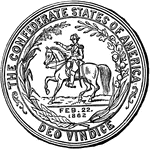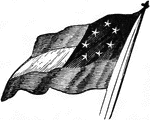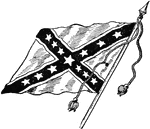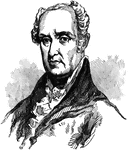
John Armstrong
John Armstrong was an American civil engineer and soldier who served as a major general in the Revolutionary…
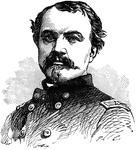
William Woods Averell
William Woods Averell was a career United States Army officer and a cavalry General in the American…
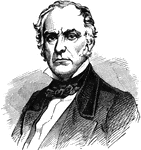
Edward Dickinson Baker
Edward Dickinson Baker (February 24, 1811 – October 21, 1861) was an English-born American politician,…

Nathaniel Prentiss Banks
He was an American politician and soldier, served as Governor of Massachusetts, Speaker of the U.S.…
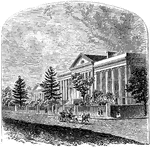
Marine Hospital
The United States Marine Hospital is a historic Greek Revival hospital building in Mobile, Alabama.…

U.S. Battle-ship Kearsarge
USS Kearsarge (BB-5), the lead ship of her class of battleships, was the first ship of the United States…
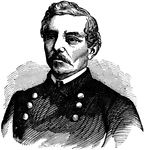
General Pierre Gustave Toutant Beauregard
Pierre Gustave Toutant Beauregard was a Louisiana-born author, civil servant, politician, inventor,…
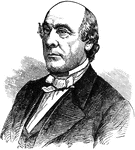
Henry Whitney Bellows
Henry Whitney Bellows was an American clergyman, and the planner and president of the United States…

Battle at Big Black River
The Battle of Big Black River Bridge, or Big Black, fought May 17, 1863, was part of the Vicksburg Campaign…

View on the Big Black River
The Battle of Big Black River Bridge, or Big Black, fought May 17, 1863, was part of the Vicksburg Campaign…

A Confederate Blockade-Runner
The British ran a blockade of Southern ports with vessels carrying arms, ammunitions, and other supplies…
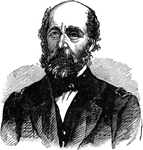
Captain Charles Stewart Boggs
Charles Stuart Boggs (28 January 1811 - 22 April 1877) served in the United States Navy during the Mexican-American…
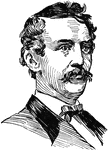
John Wilkes Booth
John Wilkes Booth was an American stage actor who assassinated Abraham Lincoln, the 16th President of…
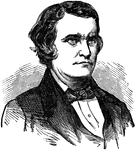
John Cabell Breckinridge
John Cabell Breckinridge was a lawyer, U.S. Representative, Senator from Kentucky, Vice President of…
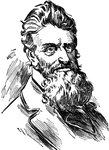
John Brown
John Brown (May 9, 1800 – December 2, 1859) was an American abolitionist who advocated and practiced…
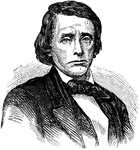
William Gannaway Brownlow
William Gannaway Brownlow was Governor of Tennessee from 1865 to 1869 and a Senator from Tennessee from…

Battle of Bull Run
The First Battle of Bull Run, also known as the First Battle of Manassas, was the first major land battle…
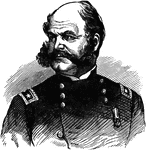
Ambrose Everett Burnside
Ambrose Everett Burnside (May 23, 1824 – September 13, 1881) was an American soldier, railroad executive,…

Daniel Butterfield
Daniel Adams Butterfield (October 31, 1831 – July 17, 1901) was a New York businessman, a Union General…
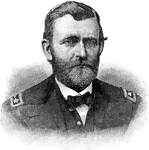
Ulysses S. Grant
Ulysses S. Grant, born Hiram Ulysses Grant (April 27, 1822 – July 23, 1885), was an American general…
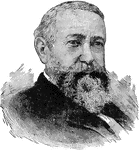
Benjamin Harrison
Benjamin Harrison (August 20, 1833 – March 13, 1901) was the twenty-third President of the United…
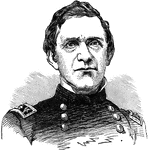
Edward Richard Sprigg Canby
Edward Richard Sprigg Canby (November 9, 1817 – April 11, 1873) was a career United States Army…

View at Cedar Creek Battle-ground
The Battle of Cedar Creek, or The Battle of Belle Grove, October 19, 1864, was one of the final, and…
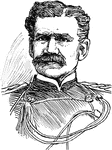
Adna Romanza Chaffee
Adna Romanza Chaffee was a General in the United States Army. Chaffee took part in the American Civil…

Ruins of Chancellorsville
The Battle of Chancellorsville was a major battle of the American Civil War, fought near the village…
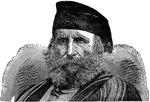
Giuseppe Garibaldi
Giuseppe Garibaldi (July 4, 1807 - June 2, 1882) was an Italian military and political figure. In his…

Salmon Portland Chase
Salmon Portland Chase was an American politician and jurist in the Civil War era who served as U.S.…

Battle of Chickamauga
The Battle of Chickamauga, fought September 18-20, 1863, marked the end of a Union offensive in south-central…

Fort Lafayette
Fort Lafayette was an island coastal fortification in New York Harbor, built next to Fort Hamilton.…
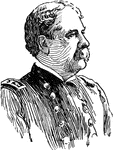
Charles Edgar Clark
Rear Admiral Charles Edgar Clark (10 August 1843 - 1 October 1922) was an officer in the United States…

Battle of Cold Harbor
The Battle of Cold Harbor, the final battle of Union Lt. Gen. Ulysses S. Grant's 1864 Overland Campaign…

Confederate Rosette and Badge
The Confederate rosette and badge was worn by supporters of the Southern Confederation.
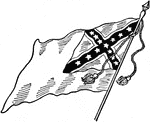
Confederate National Flag - No. 2
The second Confederate Flag adopted May 1, 1863, called the Confederate National Flag.
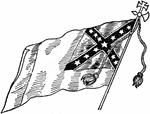
Confederate National Flag - No. 3
The third Confederate Flag adopted March 4, 1865, called the Confederate National Flag.
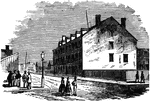
Castle Thunder
Castle Thunder, located in Richmond, Virginia, was a former tobacco warehouse located on Tobacco Row,…
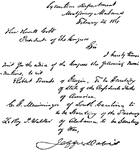
Jefferson Davis's First Message
Jefferson Davis', the President of the Confederate States of America, first message.
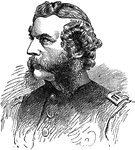
Samuel Wylie Crawford
Samuel Wylie Crawford (November 8, 1829 - November 3, 1892) was a United States Army surgeon and a Union…
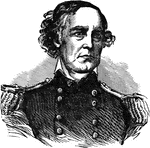
Samuel Ryan Curtis
Samuel Ryan Curtis (February 3, 1805 - December 26, 1866) was an American military officer, most famous…
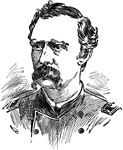
George Armstrong Custer
George Armstrong Custer (December 5, 1839 - June 25, 1876) was a United States Army officer and cavalry…
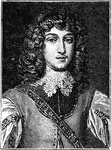
Prince Rupert of the Rhine
Rupert, Count Palatine of the Rhine, Duke of Bavaria, commonly called Prince Rupert of the Rhine, (17…
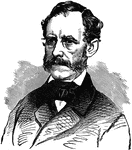
John Adolph Dahlgren
Rear Admiral John Adolphus Bernard Dahlgren, USN, (November 13, 1809 – July 12, 1870) merchant…
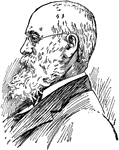
Charles Anderson Dana
Charles Anderson Dana (August 8, 1819 – October 17, 1897) was an American journalist, author,…
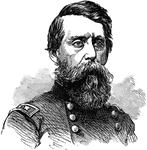
Jefferson C. Davis
Jefferson Columbus Davis (March 2, 1828 – November 30, 1879) was an officer in the United States…
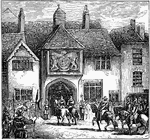
Fairfax Taking Possession of Cochester
In 1189, Colchester was granted its first Royal Charter by King Richard I (Richard the Lionheart.) In…
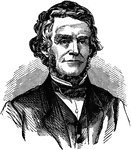
William Dennison
William Dennison, Jr. (November 23, 1815 – June 15, 1882) was a Whig and Republican politician from…
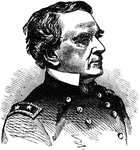
John Adams Dix
John Adams Dix (July 24, 1798 – April 21, 1879) was an American politician from New York. He served…

Fort Donelson
Fort Donelson and Fort Heiman, two sites of the American Civil War Forts Henry and Donelson Campaign,…
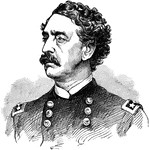
Abner Doubleday
Abner Doubleday (June 26, 1819 – January 26, 1893) was a career United States Army officer and…
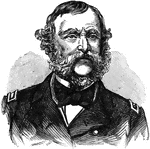
Samuel Francis Dupont
Samuel Francis Du Pont (September 27, 1803 – June 23, 1865) was an American naval officer who…
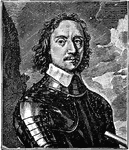
Oliver Cromwell
Oliver Cromwell (25 April 1599 Old Style– 3 September 1658 Old Style) was an English military…
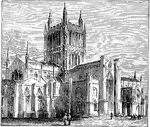
Hereford Cathedral
In the war between King and Parliament (the English Civil War) the city of Hereford fell into the hands…
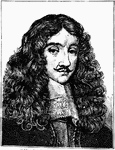
Charles II of England
Charles II (Charles Stuart; 29 May 1630 – 6 February 1685) was the King of England, Scotland,…
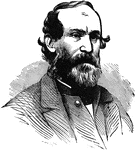
Jubal A. Early
Jubal Anderson Early (November 3, 1816 – March 2, 1894) was a lawyer and Confederate general in…
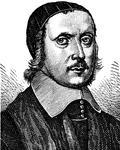
Bishop Jeremy Taylor
Jeremy Taylor (1613 – 13 August 1667) was a clergyman in the Church of England who achieved fame…


